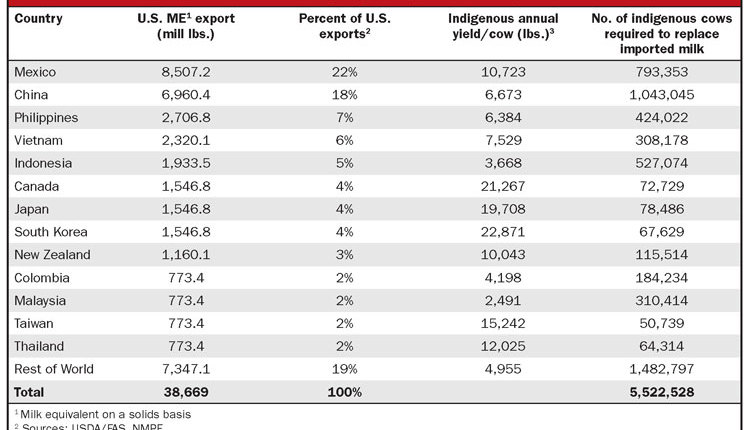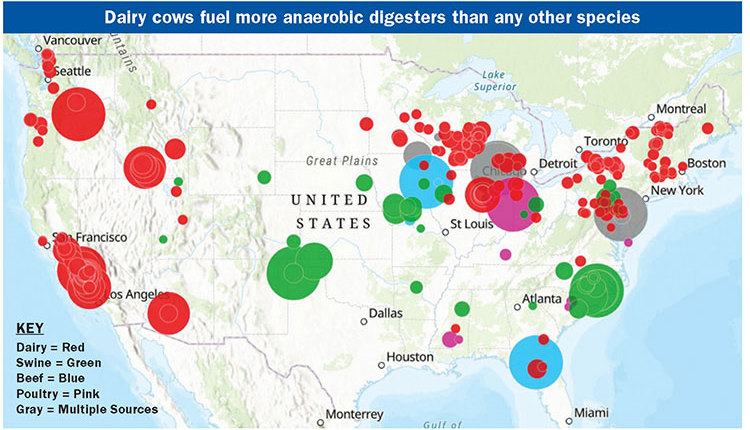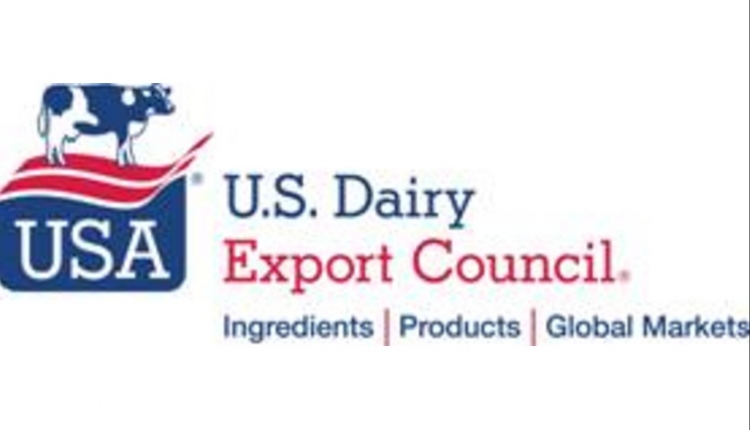The author is an extension economist at the University of Missouri's Commercial Agriculture Program. A grant from North Central Risk Management Education paid for the workshops. FCS Financial provided lunch so participants could work through the noon hour to get home in time to milk.
Dairy producer attitudes towards margin insurance were revealed during a series of workshops across Missouri designed to teach producers to insure their margins. In the process, we learned that margin insurance costs no more than an extra straw of semen. More on that later.
Margin insurance of some type will arrive in the new farm bill. It isn't simple; but it is important. Producers will need to make decisions. That was our message during a week of day-long dairy workshops we held in December.
A quick quiz after an explanation of the proposed farm bill margin insurance provisions revealed surprising producer attitudes.
In an exercise, dairy producers were asked to study a chart of historical income-over-feed-cost margins. Then they were told to pick a level of insurance for their farm. Next, they were told to circle the cost of that insurance in both the proposed House and Senate legislation and to calculate cost per cow of that insurance on their farm. Finally, they were asked to explain their choice to the group.
Most producers chose to insure their income-over-feed-cost margin between $5 and $6.50. Why? Most producers said they knew they should insure against the type of price fallout from 2009 but they just didn't like wasting money on insurance.
Dairymen said they chose the cheaper levels of margin insurance that gave them at least some payoff based upon past history. Not many indicated any interest in paying more. A few attempted to optimize their decision for the best long-run return on their insurance investment.
Would you breed her?
At this point a question was posed to the dairymen, "If you had an average cow that didn't rebreed on the first service, would you gamble the cost of a second straw of semen to inseminate her again? Or would you sell her at the end of her lactation?"
Almost all dairy producers would buy the second unit of semen. "That's a good gamble," they said.
Then it was pointed out from a producer perspective that the per cow price of insurance they were willing to pay to insure against negative margins was less than the cost of one unit of semen. Producers definitely became engaged when asked how other producers might use the insurance.
Even the skeptics among the group warmed to margin insurance when asked to consider what would happen if a large number of producers decided to insure. Could a strong sign up for margin insurance prompt an extended period of low-price milk? After all, insured producers would not respond to low prices by cutting back.
Of course, there are multiple options to hedge against risk. That's why University of Missouri Extension designed the series of one-day workshops to teach dairy producers four methods to manage their margins. Those methods included:
The exit survey indicated 78 percent of dairy farmers intended to use the margin insurance proposed in the farm bill; 38 percent intended to make use of the packaged solutions provided by DFA Risk Management; 32 percent indicated they would use LGM-Dairy. Only 7 percent indicated they would consider hedging through brokers.
The low ranking of the final option was mainly due to the large size of milk futures contracts when polling dairy producers.
Click here to return to the Dairy Policy E-Sources
140225_140
Dairy producer attitudes towards margin insurance were revealed during a series of workshops across Missouri designed to teach producers to insure their margins. In the process, we learned that margin insurance costs no more than an extra straw of semen. More on that later.
Margin insurance of some type will arrive in the new farm bill. It isn't simple; but it is important. Producers will need to make decisions. That was our message during a week of day-long dairy workshops we held in December.
A quick quiz after an explanation of the proposed farm bill margin insurance provisions revealed surprising producer attitudes.
In an exercise, dairy producers were asked to study a chart of historical income-over-feed-cost margins. Then they were told to pick a level of insurance for their farm. Next, they were told to circle the cost of that insurance in both the proposed House and Senate legislation and to calculate cost per cow of that insurance on their farm. Finally, they were asked to explain their choice to the group.
Most producers chose to insure their income-over-feed-cost margin between $5 and $6.50. Why? Most producers said they knew they should insure against the type of price fallout from 2009 but they just didn't like wasting money on insurance.
Dairymen said they chose the cheaper levels of margin insurance that gave them at least some payoff based upon past history. Not many indicated any interest in paying more. A few attempted to optimize their decision for the best long-run return on their insurance investment.
Would you breed her?
At this point a question was posed to the dairymen, "If you had an average cow that didn't rebreed on the first service, would you gamble the cost of a second straw of semen to inseminate her again? Or would you sell her at the end of her lactation?"
Almost all dairy producers would buy the second unit of semen. "That's a good gamble," they said.
Then it was pointed out from a producer perspective that the per cow price of insurance they were willing to pay to insure against negative margins was less than the cost of one unit of semen. Producers definitely became engaged when asked how other producers might use the insurance.
Even the skeptics among the group warmed to margin insurance when asked to consider what would happen if a large number of producers decided to insure. Could a strong sign up for margin insurance prompt an extended period of low-price milk? After all, insured producers would not respond to low prices by cutting back.
Of course, there are multiple options to hedge against risk. That's why University of Missouri Extension designed the series of one-day workshops to teach dairy producers four methods to manage their margins. Those methods included:
- Margin insurance proposed in the farm bill
- Packaged solutions through Dairy Farmers of America Risk Management (many Missouri farms belong to DFA)
- Livestock Gross Margin-Dairy Insurance (LGM-Dairy)
- Direct hedging through brokers
The exit survey indicated 78 percent of dairy farmers intended to use the margin insurance proposed in the farm bill; 38 percent intended to make use of the packaged solutions provided by DFA Risk Management; 32 percent indicated they would use LGM-Dairy. Only 7 percent indicated they would consider hedging through brokers.
The low ranking of the final option was mainly due to the large size of milk futures contracts when polling dairy producers.
140225_140








